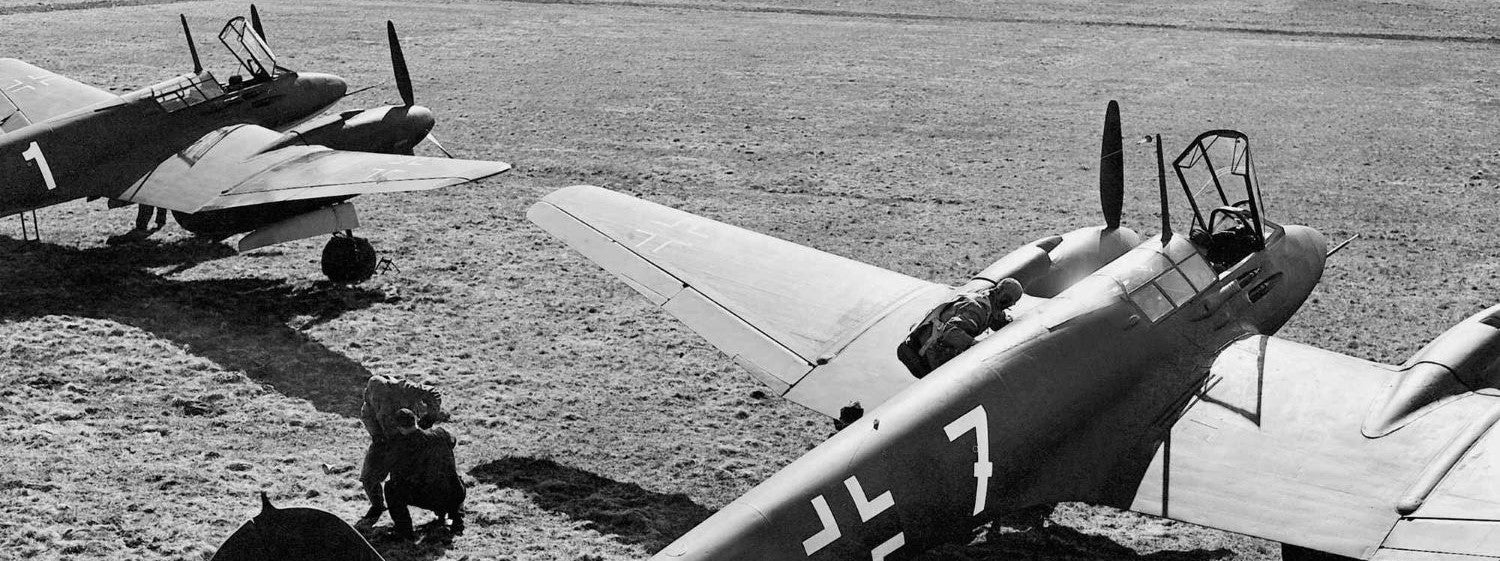
Focke Wulf Fw187 (Falke)
The Focke-Wulf Fw 187 "Falke" (German for Falcon) was a twin-engine heavy fighter developed in Germany in the late 1930s. Designed by Kurt Tank, the aircraft was intended as a fast, long-range interceptor with superior speed and firepower compared to single-engine fighters of its time.
The Fw 187 featured a sleek, aerodynamic design and was powered by two Daimler-Benz DB 600 or later DB 601 engines. In testing, it demonstrated impressive performance—its speed and climb rate rivaled or surpassed those of contemporary fighters like the Messerschmitt Bf 109. The aircraft was initially built as a single-seat prototype, but later versions included a second crew member for navigation and radio operation.
Despite its promising performance, the Fw 187 never entered mass production. The Luftwaffe favored single-engine fighters for their simplicity and ease of production, and political decisions within the Nazi aviation leadership sidelined the project. Instead, they pursued the Me-110 in its place. Though an able aircraft, it did not live up to its promise. It was neither fast, nor agile and ended up being a very inferior fighter (as was proven during the Battle of Britain).
Only a few prototypes and pre-production models were built, making the Fw 187 an example of an advanced but underutilized design in pre-WWII German aviation. It is definitely a candidate for the 'what might have been' of history. Thanks to a combination of politics and technical challenges (one being proper glue to bond the materials!), the Fw 187 was never to be.
